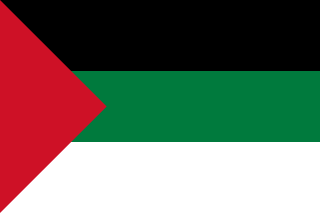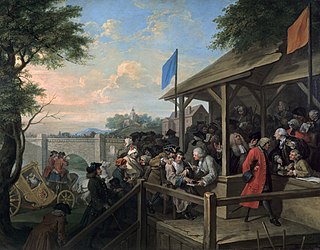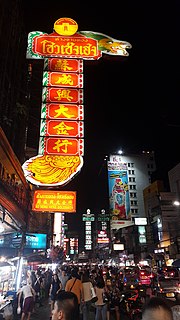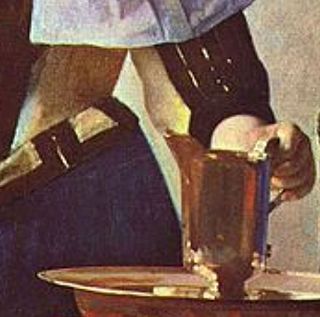 W
WColor in Chinese culture refers to the certain values that Chinese culture attaches to colors, like which colors are considered auspicious (吉利) or inauspicious (不利). The Chinese word for "color" is yánsè (顏色). In Classical Chinese, the character sè (色) more accurately meant "color in the face", or "emotion". It was generally used alone and often implied sexual desire or desirability. During the Tang Dynasty, the word yánsè came to mean all color. A Chinese idiom which is used to describe many colors, Wǔyánliùsè (五颜六色), can also mean colors in general.
 W
WThe county colours of an Irish county are the colours of the kit worn by that county's representative team in the inter-county competitions of the Gaelic Athletic Association (GAA), the most important of which are the All-Ireland Senior Football Championship and the All-Ireland Senior Hurling Championship. Fans attending matches often wear replica jerseys, and wave flags and banners in the county colours. In the build-up to a major match, flags and bunting are flown or hung from cars, buildings, telegraph poles, and other fixtures across the county, especially in those regions where GAA support is strong.
 W
WThe Pan-Arab colors are black, white, green, and red. Individually, each of the four Pan-Arab colours were intended to represent a certain historical Arab dynasty, or era. The black was the Abbasid dynastic colour; white was the Umayyad dynastic colour; green was the Fatimid dynastic colour; and red was the Hashemite dynastic colour. The four colours also derived their potency from a verse by 14th century Iraqi poet Safi al-Din al-Hilli: "White are our acts, black our battles, green our fields, and red our swords".
 W
WThe Pan-Slavic colors — red, blue and white — were defined by the Prague Slavic Congress, 1848, based on the flag of Russia, which was introduced in the late 17th century. The tricolor flag of Russia was itself inspired by the flag of the Netherlands. Historically, many Slavic nations and states adopted flags and other national symbols that used some combination of those three colors. List of Slavic countries that use or have used the colors include: Russia, Yugoslavia, Czechoslovakia, Czech Republic, Montenegro, Slovakia, Croatia, Serbia and Slovenia. On the other hand, Belarus, Bulgaria, North Macedonia, Poland and Ukraine have never adopted all the colors.
 W
WPolitical colours are colours used to represent a political ideology, movement or party, either officially or unofficially. It is the intersection of colour symbolism and political symbolism.
 W
WIn the psychology of color, color preferences are the tendency for an individual or a group to prefer some colors over others, such as having a favorite color or a traditional color.
 W
WColor psychology is the study of hues as a determinant of human behavior. Color influences perceptions that is not obvious, such as the taste of food. Colors have qualities that can cause certain emotions in people. Colors can also enhance the effectiveness of placebos. For example, red or orange pills are generally used as stimulants. How color influences individuals may differ depending on age, gender, and culture. For instance, heterosexual men tend to report that red outfits enhance female attractiveness, while heterosexual females deny any outfit color impacting that of men. Although color associations can vary contextually between cultures, color preference is to be relatively uniform across gender and race.
 W
WColor realism is a fine art style where accurately portrayed colors create a sense of space and form. It employs a flattening of objects into areas of color, where the modulations occur more as a result of an object interacting with the color and light of its environment than the sculptural modeling of form or presentation of textural detail. The actual color of an object, or 'local color', is held secondary to how that color interacts with surrounding light sources that may alter the look of the original color. Warm light of the sun, cool light from the sky, and warm reflected light bouncing off other objects are all examples of how a local color may be affected by its location in space.
 W
WThe Secret Lives of Colour is a 2016 non-fiction book by British writer Kassia St. Clair which explores the cultural and social history of colours. The book, which is based on a column St. Clair writes for British magazine Elle Decoration, is organized in a series of chapters by color, arranged from white to black. Each chapter is composed of short, two to four page, essays on different shades of its respective color, discussing an interesting aspect of science, history, art, or culture relating to the shade. There are a total of 75 essays in the book. Each page is bordered by a stripe of the color it discusses for easy visual identification, even when the book is closed.
 W
WTincture is the limited palette of colours and patterns used in heraldry. The need to define, depict, and correctly blazon the various tinctures is one of the most important aspects of heraldic art and design.
 W
WThe color of wine is one of the most easily recognizable characteristics of wines. Color is also an element in wine tasting since heavy wines generally have a deeper color. The accessory traditionally used to judge the wine color was the tastevin, a shallow cup allowing one to see the color of the liquid in the dim light of a cellar. The color is an element in the classification of wines.